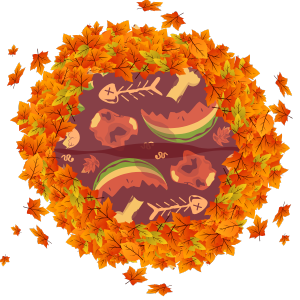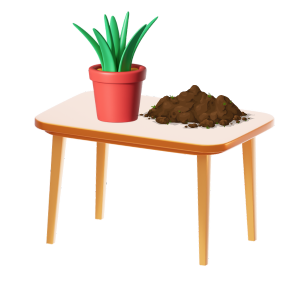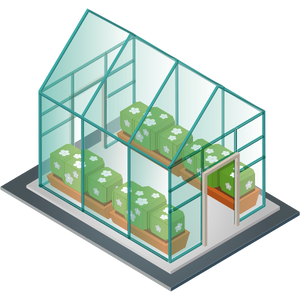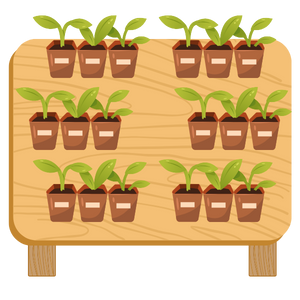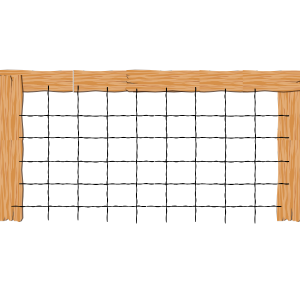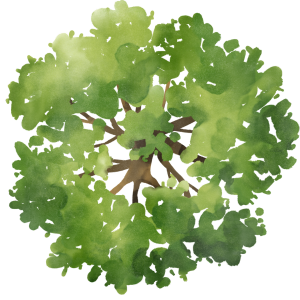All In One Garden Planner
by Flourishingplants.com 
Garden planners help gardeners systematically organize their growing spaces and track planting schedules throughout the season. Modern digital tools offer features like automated spacing calculations, climate-specific recommendations, and integrated weather data, while traditional paper methods provide tactile simplicity. Essential features include customizable layouts, growing calendars, and inventory management systems. Whether digital or analog, an effective garden planner transforms sporadic gardening efforts into a streamlined, productive growing system.
Types of Garden Planners: Digital vs. Traditional Methods
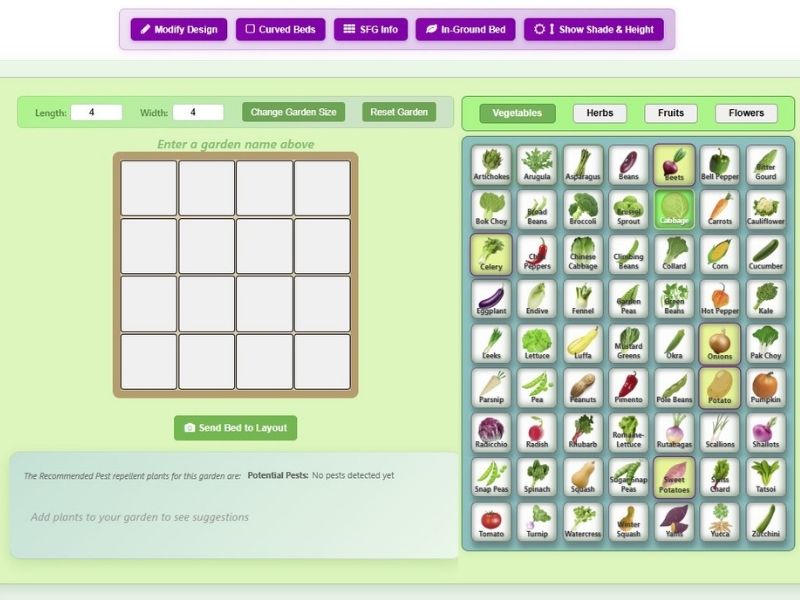
Modern digital garden planners offer interactive design tools and drag-and-drop functionality
While garden planning has traditionally relied on paper and pencil methods, modern gardeners now have access to both digital and analog tools for designing their outdoor spaces. Digital planners offer sophisticated features like drag-and-drop plant placement, automated spacing calculations, and climate-specific recommendations. Many apps integrate real-time weather data and growing calendars, while providing extensive plant databases.
Traditional paper-based methods maintain their relevance through tactile engagement and simplicity. Graph paper, sketching tools, and physical templates allow gardeners to work without technological dependencies. These analog approaches excel in flexibility and portability, particularly in outdoor settings where digital devices may be impractical.
The choice between digital and traditional planning methods often depends on the gardener's comfort with technology, project complexity, and specific design requirements.
Essential Features to Look for in a Garden Planning Tool
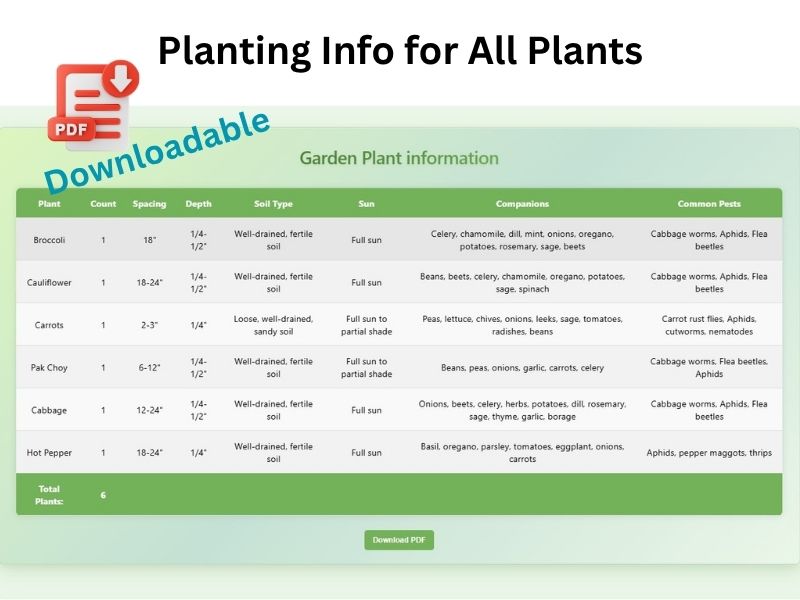
Essential planning features include detailed plant information, spacing calculators, and growing calendars
Whether selecting a digital app or traditional paper method, gardeners should evaluate specific capabilities that enhance their planning experience. Key features should include customizable plot layouts, plant spacing calculators, and extensive growing calendars that track planting and harvesting times.
Advanced planning tools incorporate climate zone data, crop rotation tracking, and companion planting guides. Essential functionality also includes inventory management for seeds and supplies, water scheduling capabilities, and pest control documentation.
Digital solutions often provide additional benefits like automatic weather integration, photo documentation, and detailed growth statistics.
The most effective planning tools enable users to create detailed notes about soil conditions, fertilization schedules, and yield data. Search functionality, plant database access, and the ability to save multiple garden layouts prove invaluable for both seasonal and long-term planning.
Maximizing Your Growing Space Through Smart Layout Design
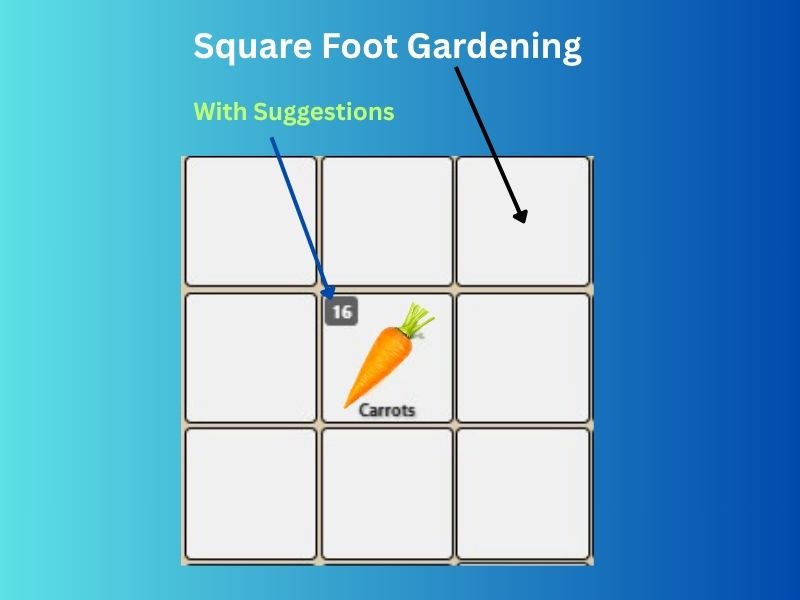
Square-foot gardening maximizes space efficiency through precise plant spacing and organized layouts
Strategic garden layout design can transform even the smallest spaces into productive growing areas. Through vertical gardening techniques, gardeners can utilize walls, fences, and trellises to cultivate climbing vegetables and fruits. Implementing square-foot gardening methods enables precise plant spacing and companion planting strategies.
Innovative space-maximizing solutions include tiered raised beds, spiral herb gardens, and keyhole garden designs. These approaches optimize sunlight exposure while maintaining accessibility for maintenance. Incorporating hanging baskets and container gardens on patios or balconies further expands growing potential. Advanced techniques such as hydroponic systems and living walls represent cutting-edge solutions for space-constrained environments.
Creating Your Planting Timeline and Seasonal Schedule
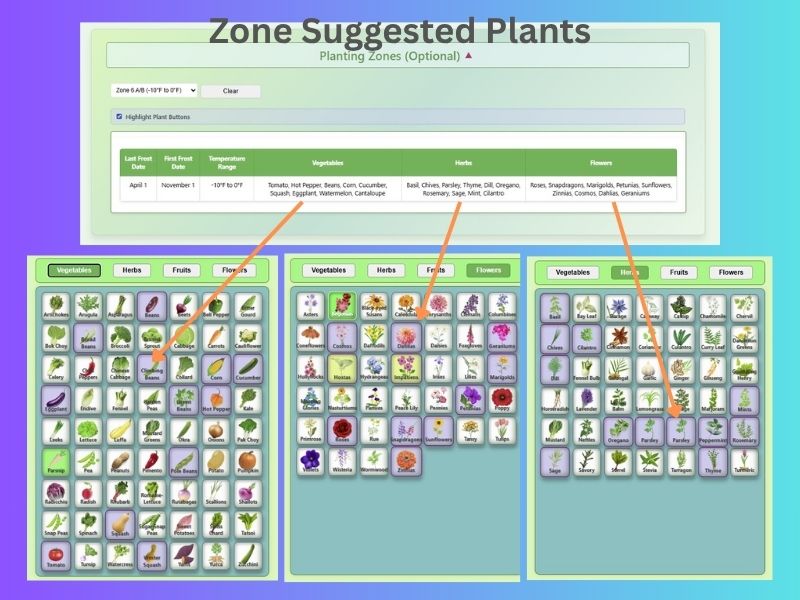
Understanding planting zones and seasonal timing is crucial for successful garden planning
A well-planned planting schedule serves as the foundation for a successful garden throughout the growing season. Creating a timeline involves mapping out key planting dates based on local frost patterns, crop maturation periods, and succession planting opportunities.
Gardeners can leverage digital tools or traditional calendars to track multiple planting windows, ensuring continuous harvests. The schedule should account for early-season cold-hardy crops like peas and spinach, mid-season staples such as tomatoes and peppers, and late-season plantings of fall brassicas and root vegetables.
Advanced planning enables gardeners to optimize crop rotations, implement companion planting strategies, and coordinate indoor seed starting with outdoor transplanting dates. This systematic approach transforms sporadic gardening efforts into a streamlined production system that maximizes yield potential across all growing seasons.
Tracking and Recording Your Garden's Progress
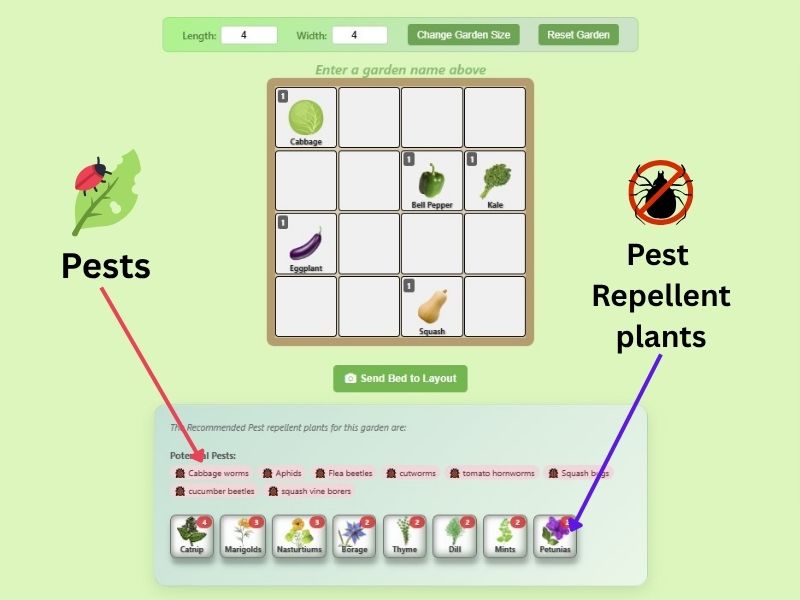
Tracking pest issues and plant performance helps optimize future growing seasons
Keeping detailed records of a garden's development provides invaluable insights for future growing seasons. Modern gardeners utilize digital apps, spreadsheets, and smart devices to log plant performance, pest issues, and weather patterns. These tools enable data-driven decision-making for subsequent plantings.
Essential tracking metrics include germination rates, flowering dates, harvest yields, and soil test results. Photographers document plant growth stages, disease symptoms, and successful companion planting combinations. Smart sensors monitor soil moisture, temperature, and nutrient levels in real-time, while weather stations record microclimatic conditions.
Gardeners synthesize this information to optimize growing conditions, adjust planting schedules, and identify successful varieties. The accumulated data transforms annual observations into actionable strategies, leading to improved crop selection and enhanced garden productivity each successive season.
Why Digital Garden Planning Beats Paper and Guesswork
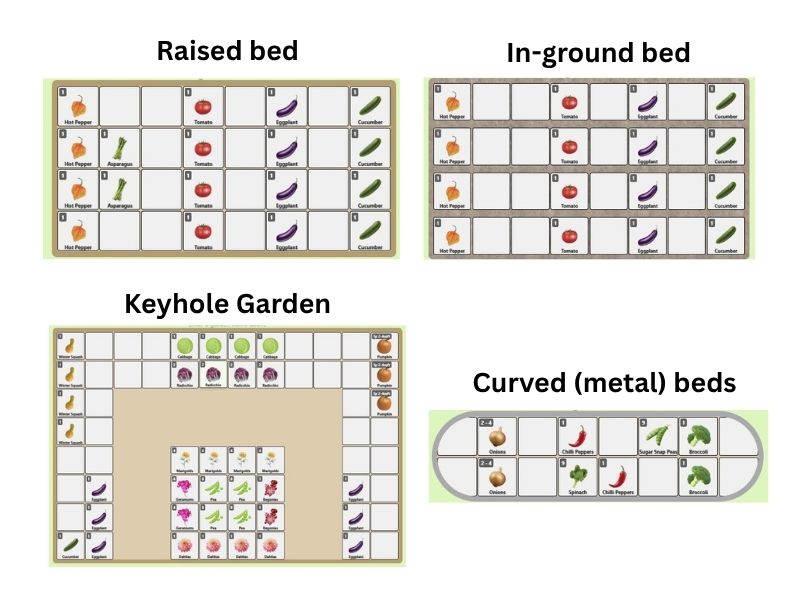
Digital planning tools offer superior precision and flexibility compared to traditional paper methods
Digital garden planning tools represent a significant advancement over traditional paper methods, offering precision and adaptability that manual approaches cannot match. These sophisticated platforms integrate real-time data, historical records, and predictive analytics to optimize garden layouts and maintenance schedules.
Smart algorithms calculate ideal plant spacing and companion planting combinations. Automated weather integration adjusts watering schedules and frost warnings. Cloud-based storage guarantees garden plans and records remain accessible and shareable. Built-in calendars sync with local growing seasons and maintenance tasks. Interactive design tools allow rapid visualization of different garden layouts.
Modern digital solutions eliminate the need to redraw plans each season, automatically update growing zones, and provide instant access to extensive plant databases. This technological approach transforms garden planning from an uncertain art into a data-driven science, maximizing success rates and efficiency.
Key Takeaways
- Digital garden planners offer automated spacing calculations, plant databases, and weather integration for precise garden layout and management.
- Traditional paper-based methods use graph paper and templates, providing simple, portable solutions for basic garden design needs.
- Essential features include customizable plot layouts, growing calendars, climate zone data, and companion planting guides.
- Smart layout techniques maximize space through vertical gardening, square-foot methods, and tiered bed designs.
- Tracking tools help monitor plant growth, weather patterns, and harvest yields while building long-term gardening knowledge.
Frequently Asked Questions
How Much Does a Garden Planner Typically Cost?
Like pieces of a strategic puzzle, garden planning costs vary markedly. Basic digital planners range from $20-50 annually, while premium software solutions reach $100+. Professional consultation services typically command $75-200 per hour.
Can Garden Planners Work Offline Without Internet Connection?
Many modern planning applications offer offline functionality, allowing users to access and modify designs without internet connectivity. However, initial downloads and certain features like cloud syncing typically require online access.
Are Garden Planners Available in Languages Other Than English?
Many digital planning applications offer multilingual support, with popular options available in Spanish, French, German, and other major languages. Users can typically select their preferred language through the settings or during initial setup.
Do Garden Planners Include Local Weather Data Integration?
Like a vigilant sentinel monitoring its domain, modern planning tools sync with local weather stations. Many applications incorporate real-time weather data, offering precise forecasting, frost alerts, and climate-based planting recommendations for ideal growing conditions.
Can Multiple Users Collaborate on the Same Garden Plan Simultaneously?
Modern collaborative planning platforms enable multiple users to work simultaneously on shared garden designs. Real-time synchronization allows team members to contribute changes, make annotations, and coordinate plant selections from different locations.
